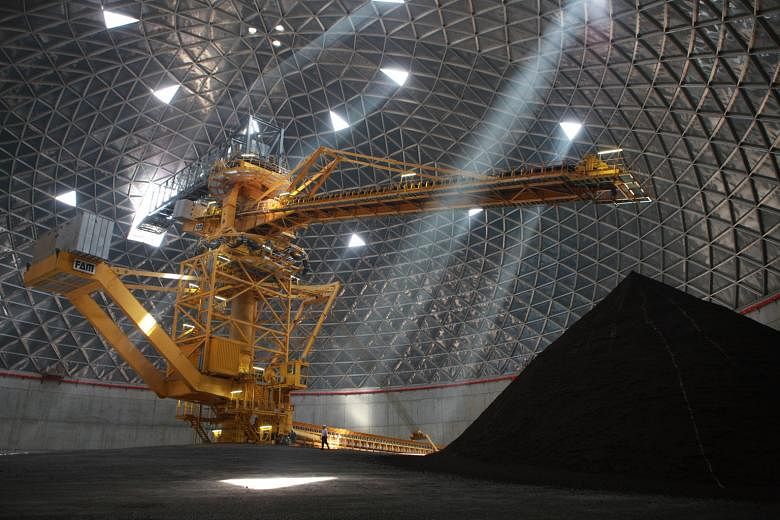Dangjin Integrated Steelworks is Hyundai's capital of metal. It is a mini city roughly the size of Bukit Merah, with its own port, roadways and railways.
The industrial complex on the west coast of South Korea is where high-quality Hyundai steel in all its raw forms - sheet, plate, pipe, bar, roll, coil - is produced for the manufacture of vehicles, ships, buildings and structures, plus machine tools and consumer electronics.
According to the public relations manager who led me on a tour of the place, 90 per cent of the automotive steel produced in the Dangjin steel mill goes to Hyundai and its subsidiary Kia, while 10 per cent is supplied to SsangYong and Renault-Samsung, the country's other domestic automakers.
In other words, that made-in-Korea car you are driving might have bodywork built partially by Hyundai, even if it is from another Korean car brand.
Despite all the activity and machinery on site, the roads, pavements, structures and surrounding areas were no dustier than the busiest parts of Tuas where many heavy vehicles trundle.
This is because of excellent housekeeping by Hyundai on an industrial scale.
Airtight conveyor belts unload the iron ore and coal from the ship docked at the port and transport the rocks to blast furnaces and storage silos.
There are seven gigantic dome-shaped silos, all of which are covered and automated.
This fully enclosed handling system, a first for the international steel industry, ensures that raw materials are not scattered en route, which would pollute the environment with their dust, particulates and wastewater.
The molten iron and sintered/ smelted derivatives are transported to the other stages of the mill's steel-making process in a similarly enclosed and eco-conscious manner.
The facility also has an electric arc furnace that burns and turns scrap steel and iron by-products into reinforcing bars and other essential steel products for construction purposes worldwide.
Some of the scrap steel comes from cars that have reached the end of their lives and are taken off the road.
So, after you say goodbye to your Hyundai Sonata at the scrapyard, it might only be the beginning of the end for your trusty saloon, where the old steel could become part of the structural reinforcement for a newly built multi-storey carpark in Asia.
On a less practical note, the grunge-rock appearance and heavy metal columns of Hyundai's epic steel mill make it a suitable cinematic backdrop for a sci-fi thriller, a post-apocalyptic tear-jerker or a K-pop music video.
But the tour guide said the premises have never been used for filming.
• The writer is the editor of Torque, a motoring monthly published by SPH Magazines.

